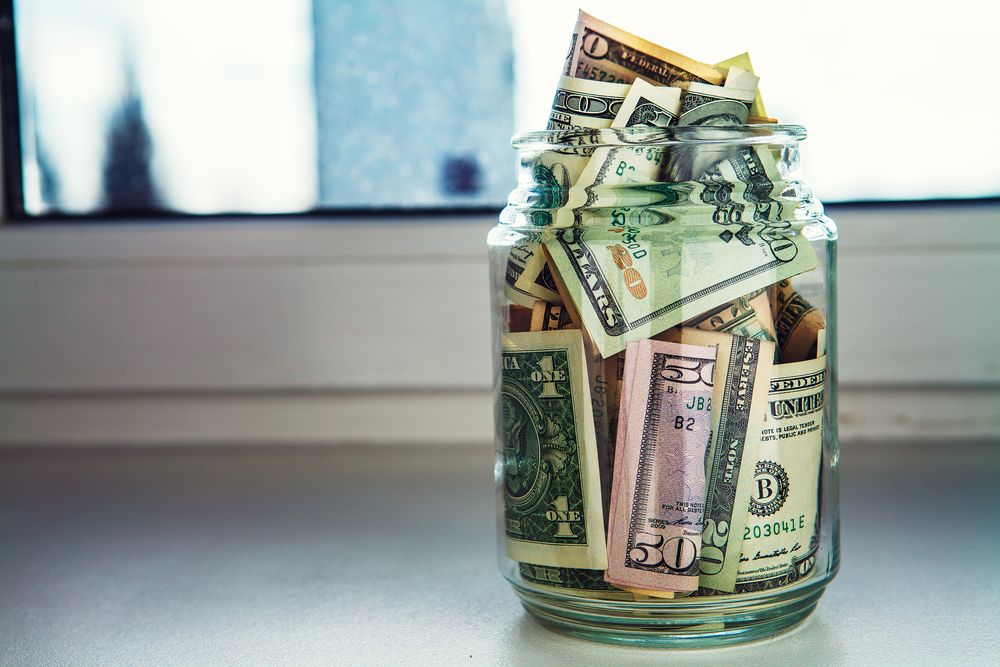
In a world filled with uncertainties, the importance of being financially resilient cannot be overstated. One of the cornerstones of achieving such resilience is the creation and maintenance of an emergency fund. An emergency fund is not just a financial buffer, but a stress-reliever and a means to safeguard your future. Through the course of this article, we will explore why an emergency fund is integral to financial well-being, how it can protect you and your family, and practical steps you can take to build one.
What is an Emergency Fund and Why Do You Need One?
An emergency fund is a stash of money set aside to cover unexpected life events that can have financial implications, such as losing a job, sudden medical expenses, or urgent home repairs. It’s different from a savings account that you might use for planned expenses like vacations or a new car. An emergency fund is specifically for the unforeseen, the unpredictable, and the unavoidable.
Why do you need an emergency fund? The answer lies in the concept of financial resilience. When you have a dedicated emergency fund, you can handle life’s surprises without derailing your finances. Without it, you may be forced to take on debt, potentially with high interest rates, which can lead to a cycle of borrowing and repaying that’s hard to escape. An emergency fund acts as a financial safety net, keeping you afloat during storms and allowing you peace of mind.
How Much Should You Save?
Determining how much to save in your emergency fund is a personal decision influenced by your lifestyle, expenses, and income. A common rule of thumb is to save enough to cover three to six months’ worth of living expenses. However, if you’re self-employed or work in an industry with variable income, you might want to save more.
To calculate your ideal emergency fund size, start by listing your essential monthly expenses, including housing, food, utilities, transportation, and any other necessities. Then, multiply this amount by the number of months you want to cover. Remember, this is a guideline, not a one-size-fits-all solution. Your emergency fund should be tailored to your comfort level and financial situation.
Creating an Emergency Fund Strategy
Building an emergency fund can seem daunting, especially if you’re starting from scratch. However, with a solid strategy, you can make steady progress. Begin by setting a realistic savings goal based on your calculated needs. Then, create a timeline for achieving this goal. Break it down into manageable monthly or weekly savings targets.
Automating your savings can be an effective way to build your emergency fund without having to think about it. Set up a direct transfer from your checking to your savings account right after each payday. This “pay yourself first” approach ensures that you consistently contribute to your emergency fund before you have the chance to spend the money elsewhere.
Weathering Financial Emergencies
When an actual emergency strikes, it’s crucial to know how to use your emergency fund effectively. First, assess the situation and determine whether it truly qualifies as an emergency. Is it unexpected, necessary, and urgent? If so, it’s likely a valid use of your emergency fund.
After confirming that you need to tap into your emergency fund, calculate how much you’ll need to withdraw to cover the expense. Only take out what is necessary to keep the remainder of your fund intact for future emergencies. Once the immediate crisis is handled, focus on replenishing your emergency fund as soon as possible to prepare for the next unexpected event.
Maintaining and Growing Your Emergency Fund
An emergency fund is not a static entity; it should grow and evolve with your life circumstances. Review your emergency fund periodically to ensure it still meets your needs. As your financial situation changes—whether through a change in income, family size, or living expenses—adjust your emergency fund size accordingly.
Additionally, consider where you’re keeping your emergency fund. While accessibility is important, you’ll also want to ensure your money isn’t idly sitting around. High-yield savings accounts, money market accounts, or short-term certificates of deposit (CDs) can offer better interest rates than a standard savings account while still providing relatively easy access to your funds.
In the journey toward financial stability, an emergency fund is your best companion. It provides peace of mind and a cushion against life’s financial surprises. Start by understanding what an emergency fund is and why it’s essential. Determine how much you need to save, create a strategy to build your fund, and learn how to use it wisely during emergencies. Finally, maintain and grow your fund to keep pace with your life changes.
Building an emergency fund takes time, discipline, and commitment, but the sense of security it brings is invaluable. Take the first step today towards achieving financial resilience. Your future self will thank you for the foresight and care you invest in your financial well-being now.
